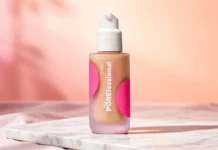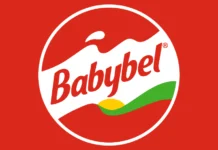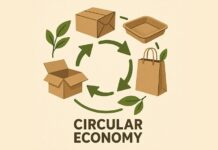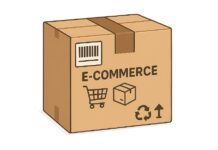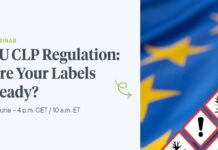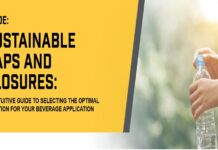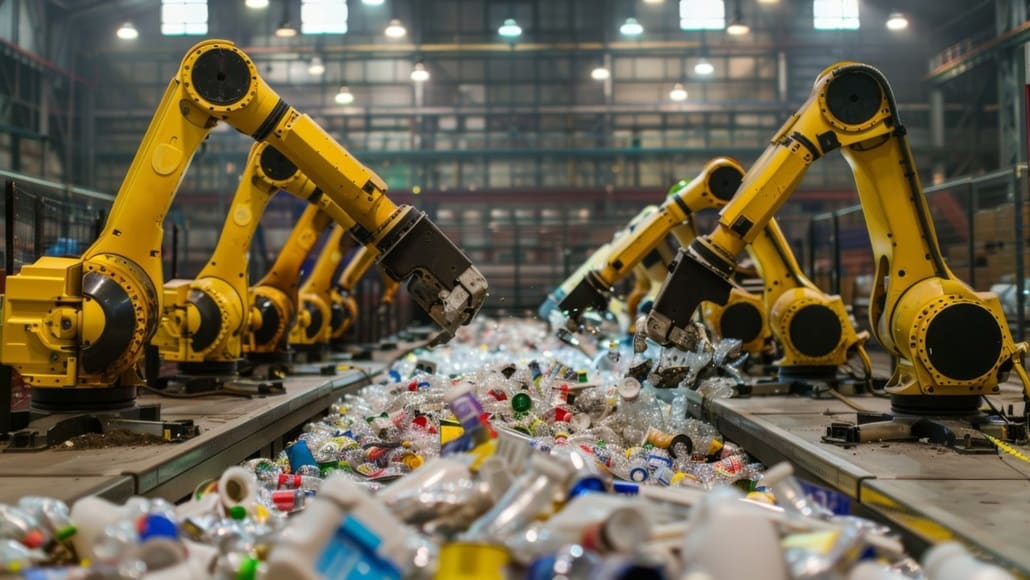In the beauty industry, packaging plays a crucial role not only in attracting consumers but also in protecting the integrity of the products. However, as sustainability becomes an increasing priority, packaging engineers are faced with the challenge of designing for post-consumer waste. The question is no longer just about aesthetics or functionality; it’s about creating packaging that can be easily recycled, reducing the environmental impact of beauty products. This challenge is far from straightforward, and packaging engineers are at the forefront of navigating its complexities.
The Complexities of Designing for Recycling
Designing packaging that is easy to recycle requires balancing multiple factors:
1. Material Selection
- Different materials have different recycling capabilities. For example, while PET plastic is widely recyclable, other plastics like PVC are not. Similarly, combining materials – such as plastic and metal in the same package – can make recycling difficult, as separating them is often impossible at a consumer level.
- Packaging engineers must consider the recyclability of each material used, often opting for mono-material designs that simplify the recycling process. However, this may limit the functionality or aesthetic appeal of the packaging.
2. Adhesives and Labels
- Adhesives used in labels and seals can contaminate recycling streams if not properly selected. For instance, non-water-soluble adhesives can cause problems during the recycling process, as they may not break down and can clog machinery.
- Engineers must choose adhesives that are compatible with the recycling process and work with label designers to ensure that labels can be easily removed or are made from recyclable materials themselves.
3. Product Residue
- Beauty products often leave behind residue in the packaging, such as creams, lotions, or oils. This residue can complicate recycling efforts, as many facilities require packaging to be clean before it can be processed.
- Packaging engineers can mitigate this by designing packaging that allows for complete evacuation of the product or is easy to clean. Airless pumps, for example, can minimize product waste and make recycling more efficient.
4. Packaging Size and Shape
- The size and shape of packaging can affect its recyclability. Small items, like lipstick tubes, can fall through the cracks in sorting facilities, literally.
- Engineers must be mindful of creating packaging that fits within the parameters of standard recycling equipment. Larger, more uniform shapes are generally easier to process.
5. Consumer Behavior
- No matter how well-designed a package is, its recyclability depends on the consumer’s willingness to properly dispose of it. Clear labeling and instructions are essential in guiding consumers to recycle correctly.
- Engineers can also collaborate with marketing teams to promote recycling initiatives and educate consumers about the recyclability of the packaging.
Collaborating with Recyclers: A Vital Role for Packaging Engineers
To overcome these challenges, packaging engineers need to work closely with recyclers and waste management companies. This collaboration is key to creating systems that are not only technically feasible but also practical on a large scale.
1. Understanding the Recycling Process
- Packaging engineers must have a deep understanding of how materials are processed in recycling facilities. By knowing what works and what doesn’t, they can design packaging that aligns with the capabilities of these facilities.
- Regular communication with recyclers can provide valuable feedback on what improvements can be made in the packaging design.
2. Testing and Validation
- Engineers should collaborate with recyclers to test packaging designs in real-world recycling systems. This can help identify potential issues early on, such as materials that may not separate properly or adhesives that may contaminate the recycling stream.
- Validating the recyclability of a package before it hits the market can prevent costly redesigns and ensure that the packaging will be effectively recycled.
3. Innovating New Solutions
- Working with recyclers can also lead to innovation. For example, engineers might collaborate with recyclers to develop new materials or coatings that enhance recyclability without compromising the functionality or aesthetics of the packaging.
- Joint efforts can also result in the development of new recycling technologies or systems that can handle more complex materials.
4. Advocacy and Policy Support
- Packaging engineers can play a role in advocating for changes in recycling policies and infrastructure that make it easier for beauty packaging to be recycled. This might include supporting extended producer responsibility (EPR) programs or lobbying for better recycling education and resources.
Designing beauty packaging for post-consumer waste is a complex challenge that requires careful consideration of materials, design, and consumer behavior. Packaging engineers are at the forefront of this effort, balancing the needs of the product with the realities of recycling systems. By collaborating closely with recyclers and staying informed about the latest developments in recycling technology, engineers can create packaging that not only serves its purpose but also contributes to a more sustainable future. As the beauty industry continues to evolve, so too must the strategies for managing its waste, with packaging engineers leading the way. If you want to schedule a meeting with the APC Packaging team to discuss your brand’s packaging requirements, visit apcpackging.com/contact or call 954-978-4567.



